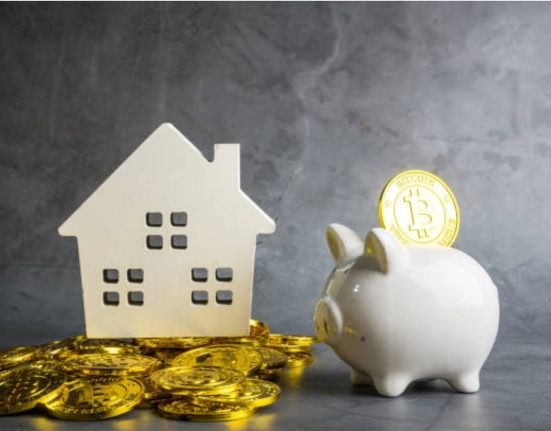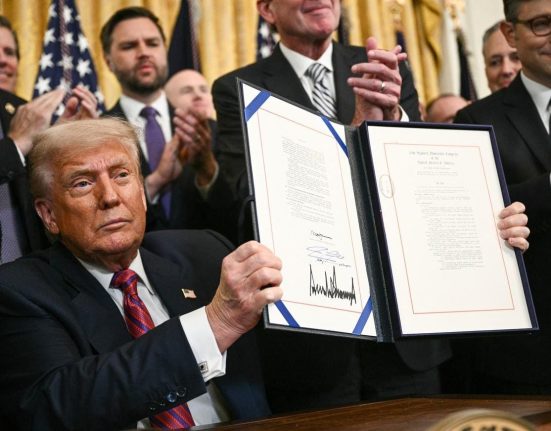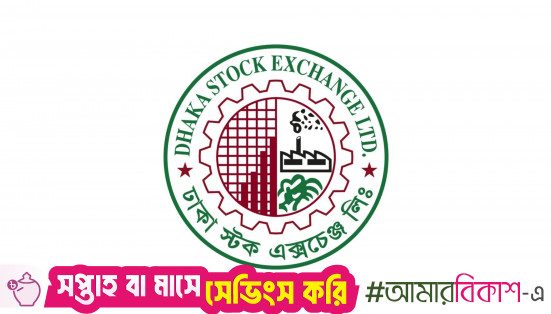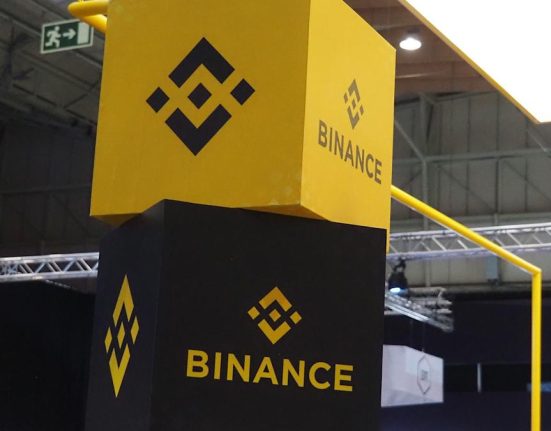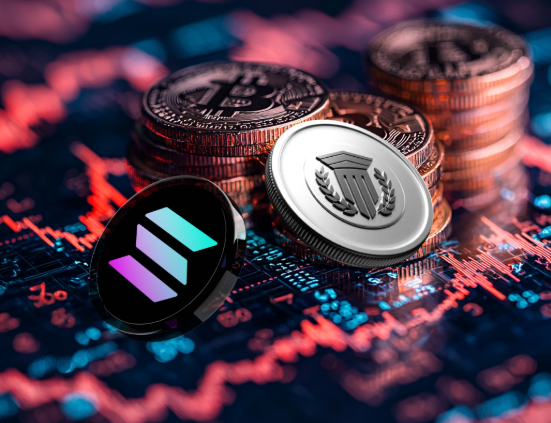There aren’t too many Wall Street analysts publishing price predictions on cryptocurrencies. That’s because digital currencies are much more difficult to value than traditional stocks. They don’t generate cash flow or earnings, nor do they return capital to shareholders; therefore, the traditional valuation methods used by Wall Street analysts don’t apply.
One strategist who frequently issues crypto price predictions is Geoff Kendrick, the global head of digital asset research at the British bank Standard Chartered. Kendrick is a Wall Street veteran, with 20 years covering global currencies prior to the crypto beat. He has been bullish on Bitcoin, the world’s largest cryptocurrency, but also on other cryptocurrencies, one of which he thinks could soar 471% over the next few years.
Strong payments potential
XRP (XRP 0.29%) has long been one of the largest cryptocurrencies in the world, and was actually one of the earliest, created in 2012. Investors have been excited about its cross-border payments potential. XRP’s network was among the first that could process many transactions per second, although several competitors have popped up since then.
Kendrick’s call on XRP, which he made earlier this year, involved three big factors. The first was on the regulatory side and has to do with the Securities and Exchange Commission (SEC).
In 2020, the SEC sued Ripple, the company behind XRP; one of its co-founders, and its current CEO Brad Garlinghouse, alleging the three parties sold XRP as an unregistered security in 2013. The legal battle carried on for four years, with Ripple seemingly winning the case at times, but the SEC appealing parts of the court decision it disagreed with.
The lawsuit attracted unwanted attention for XRP because it could have set a precedent over how much jurisdiction the SEC had over certain cryptocurrencies. So, most crypto investors were watching it, which may have created negative sentiment for XRP.
Image source: Getty Images.
But once President Donald Trump won the election last November and ushered in a pro-crypto administration, leadership at the SEC changed, and the agency eventually dropped or settled several high-profile crypto cases, including with Ripple. That led the price of XRP to surge and cleared the way for other catalysts like spot-XRP exchange-traded funds (ETFs).
Kendrick now believes the technical strengths of XRP’s network and its uses can take hold. He thinks that its ability to facilitate quick, low-cost international transfers gives it a similar proposition to stablecoins. Ripple has actually launched its own stablecoin.
The analyst also noted that XRP has experienced a 50% increase in annual transaction volume. He thinks that Ripple partnering with large traditional financial institutions gives XRP a leg up on competition when it comes to adoption.
Lastly, Kendrick sees catalysts from Ripple’s move into asset tokenization, the process of using digital assets on a blockchain to represent ownership of physical property or other digital assets.
Tokenization is seen as being useful for the ownership of U.S. Treasury bills and stablecoins. While there are spot XRP ETFs abroad, none currently exist in the U.S. That could soon change, however, with the SEC still expected to approve exchange-traded funds for XRP by the end of the year. Kendrick estimates this could unlock another $4 billion to $8 billion of inflows and “legitimize XRP for institutional and retail investors.”
XRP to $12.50?
He ultimately sees all of the catalysts mentioned above driving XRP to $5.50 this year and $12.50 by 2028, which represents about 470% upside from current levels. That would require a near doubling from current levels for XRP to reach Kendrick’s 2025 target.
Of course, investors should always take crypto price targets with a grain of salt. Kendrick is undoubtedly very intelligent, but as I mentioned above, cryptocurrencies are more volatile than traditional assets, and it’s more difficult to value them.
That said, Ripple has been dogged by the SEC lawsuit for years and can now make more progress in building out its business, which could lead to further adoption of XRP, although investors should keep in mind that there is more competition than there once was.
Ultimately, I find XRP and its network’s uses intriguing, so I certainly wouldn’t be surprised to see it take off, especially if interest rates fall and the dollar continues to weaken. But I still find it too volatile to take a large position in it, and I continue to recommend investors keep positions smaller and more speculative for now.
Bram Berkowitz has positions in Bitcoin and XRP. The Motley Fool has positions in and recommends Bitcoin and XRP. The Motley Fool recommends Standard Chartered Plc. The Motley Fool has a disclosure policy.


